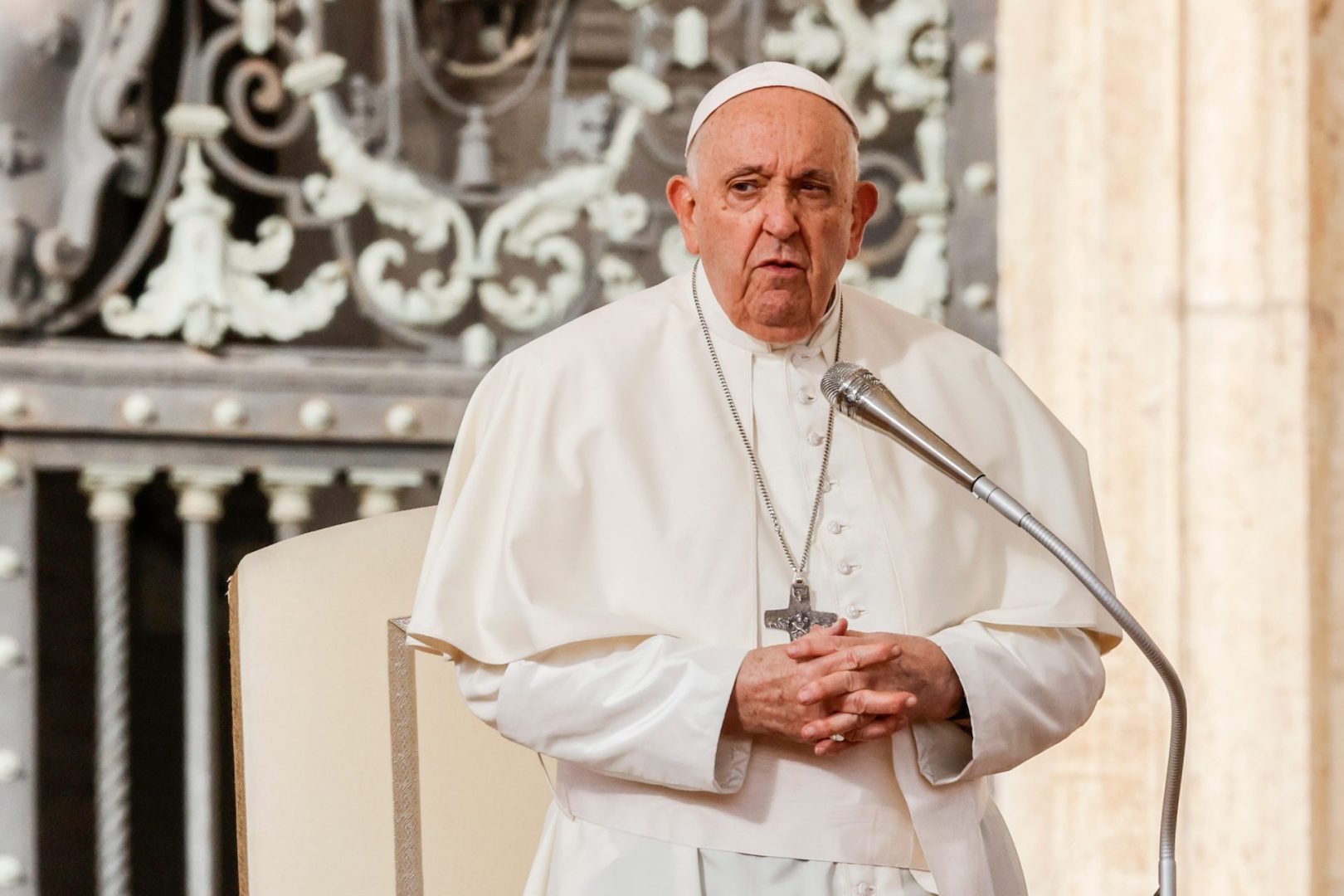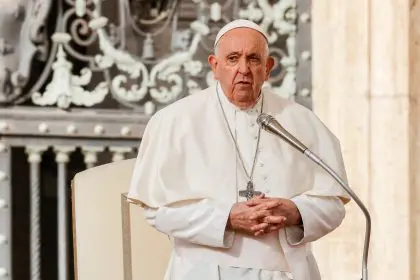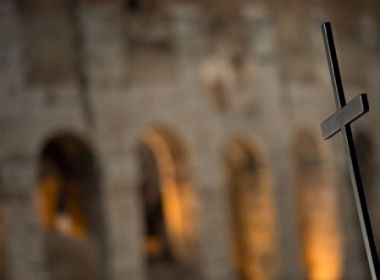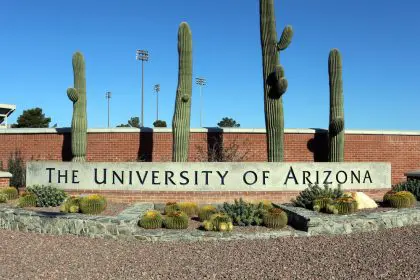Pope Francis marked his seventh day at Rome’s Gemelli hospital on Friday, where he continues treatment for a complex respiratory infection involving pneumonia in both lungs. The 88-year-old pontiff was admitted on February 14 after experiencing worsening bronchitis symptoms, complicated by his history of asthmatic bronchitis. This hospitalization represents another significant health challenge in his papacy.
The Vatican has maintained consistent communication about the pope’s condition, issuing twice-daily updates to ensure transparency and address global concerns. Recent reports indicate some improvement, with Friday’s statement noting the pope’s stable night and morning routine, including breakfast. This careful monitoring reflects the serious nature of respiratory infections in elderly patients.
Medical implications and treatment approach
Medical experts emphasize that pneumonia poses significant risks for elderly patients, particularly those with pre-existing conditions. The combination of bacterial and viral infections, along with the involvement of both lungs, creates a complex medical scenario requiring careful management. While the Vatican confirms the pope’s heart remains strong, doctors continue evaluating his response to treatments.
The medical team at Gemelli hospital, known for its long history of treating papal health issues, has implemented a comprehensive treatment plan. This approach includes managing both the immediate respiratory infection and considering the pontiff’s historical health challenges, particularly his previous respiratory issues and the partial lung removal he underwent as a young man in Argentina.
The impact on papal duties and leadership
Despite strict rest orders, Pope Francis has demonstrated remarkable resilience by continuing essential duties from his hospital room. His ongoing engagement with church administration, including bishop appointments, reflects his commitment to leadership responsibilities even during health challenges. The recent meeting with Italian Prime Minister Giorgia Meloni demonstrated his determination to maintain diplomatic functions despite his condition.
The Vatican’s approach to communication during this health crisis balances transparency with discretion. While providing regular updates, they have maintained privacy around certain aspects of the pope’s treatment and recovery. This strategy aims to inform the faithful while managing speculation about the pontiff’s condition.
Historical context and institutional implications
This health challenge arrives at a significant moment in church history, occurring shortly after the precedent-setting resignation and passing of Pope Benedict XVI. Benedict’s decision to step down in 2013, citing health concerns, marked the first papal resignation in nearly 600 years, creating a modern framework for papal succession during health challenges.
Francis’ earlier revelation about preparing a resignation letter early in his papacy shows forethought regarding potential health-related incapacity. However, his consistent affirmation that the papal role is a lifetime commitment suggests a different approach to health challenges than his predecessor.
Vatican protocols and succession considerations
The Vatican’s established procedures for managing papal health crises reflect centuries of institutional experience. Current protocols balance the need for continuity in church leadership with appropriate medical care and rest for the pontiff. The situation has naturally prompted discussion about succession planning, though no immediate changes appear imminent.
The existing framework for papal transition, whether through death or resignation, ensures institutional stability. This structure, refined after Benedict XVI’s unprecedented modern resignation, provides clear procedures for maintaining church operations during periods of papal illness or transition.
Global Catholic community response
The worldwide Catholic community has responded to news of the pope’s illness with increased prayer and attention to Vatican updates. Prayer vigils outside Gemelli hospital demonstrate the faithful’s deep connection to their spiritual leader, while parishes worldwide have incorporated special intentions for the pope’s recovery into their regular services.
This global response reflects both concern for Francis’ health and appreciation for his distinctive papal leadership style, characterized by accessibility and pastoral engagement. The situation highlights the unique relationship between the modern papacy and its global congregation.
Medical progress and recovery outlook
Healthcare professionals emphasize that pneumonia recovery in elderly patients typically requires extended treatment and rest periods, often lasting up to two weeks or more. The combination of bacterial and viral infections adds complexity to the recovery process, necessitating careful monitoring and adjusted treatment protocols.
The medical team’s current focus includes managing the immediate respiratory infection while monitoring for potential complications common in elderly patients with complex medical histories. This comprehensive approach reflects modern best practices in geriatric respiratory care.
Future implications and considerations
While the pope’s current health challenge has renewed speculation about potential resignation, no immediate indication suggests such a decision. The situation instead highlights the ongoing balance between personal health management and institutional leadership responsibilities in the modern papacy.
The experience may influence future Vatican protocols regarding papal health communications and succession planning. It also demonstrates the resilience of current Vatican administrative structures in maintaining church operations during periods of papal illness.
Looking ahead
As doctors continue monitoring the pope’s condition, attention focuses on ensuring complete recovery while maintaining essential papal functions. The situation offers important insights into modern papal health management and institutional adaptation to leadership challenges.
This extended hospitalization, while serious, demonstrates both the advantages of modern medical care and the enduring strength of Catholic Church leadership structures during periods of papal health challenges. The experience contributes to evolving understanding of managing papal health issues in the contemporary era.
The careful balance between transparency and privacy in health updates, combined with continued administrative function, suggests a mature institutional approach to managing papal health challenges while maintaining church operations and global leadership responsibilities.














